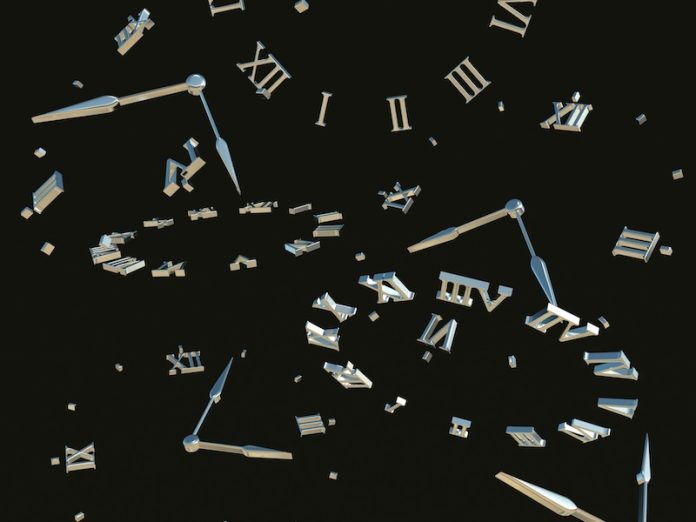
For centuries, we’ve believed that time moves in only one direction—from the past to the future. Spilled milk doesn’t gather back into a glass, and shattered glass doesn’t suddenly reassemble. But what if time isn’t as fixed as we thought?
A new study from the University of Surrey suggests that, at the quantum level, time may not have a single direction. Instead, it might be able to flow both forward and backward, challenging one of the biggest mysteries in physics.
The Puzzle of Time’s Direction
In our daily lives, time moves in a clear direction. Events unfold in a way that makes sense—milk spreads across a table, but it never reverses. This is what physicists call the arrow of time. However, when scientists look at the basic laws of physics, they find something surprising: the equations that describe the universe do not require time to move in just one direction.
Dr. Andrea Rocco, Associate Professor in Physics and Mathematical Biology at the University of Surrey, explains:
“Imagine watching a pendulum swing back and forth. If you played the motion in reverse, it would look just as natural. This is how most of the fundamental laws of physics behave—they don’t distinguish between past and future. So why do we only experience time moving forward?”
A Quantum Perspective on Time
To explore this question, researchers studied open quantum systems—small quantum systems that interact with their surroundings. These systems behave differently from isolated quantum particles because they exchange energy and information with the environment.
The team made two key assumptions to simplify the problem:
- They focused only on the quantum system itself while treating the surrounding environment as vast and complex.
- They assumed that once energy and information spread into the environment, they don’t return—similar to how the universe itself absorbs energy over time.
Even with these assumptions, their equations showed something unexpected: time remained symmetrical. Whether the system moved forward or backward in time, the math worked out the same way. This suggests that the arrow of time may not be as fixed as we think—it may emerge only at larger scales where irreversible processes, like spilled milk, dominate our experience.
A Surprising Mathematical Detail
One of the most unexpected discoveries in the study involved a key mathematical component of the system, known as the memory kernel. The researchers found that this part of the equation was perfectly symmetrical in time, reinforcing the idea that time could theoretically move in both directions.
Thomas Guff, the postdoctoral researcher who led the calculations, was surprised by another discovery:
“When we worked through the math, we found a small but important detail—an unusual time discontinuous factor appeared in the equations. This factor helps preserve the time symmetry, and it was shocking to see it emerge naturally in our calculations. It’s rare to see this kind of mechanism in physics equations.”
What Does This Mean for Physics?
This study challenges the way we think about time. While we experience time as moving forward, the fundamental laws of physics don’t seem to enforce that direction. Instead, the arrow of time may emerge only at larger scales, as a result of interactions within the environment.
These findings open up new questions:
- Could certain quantum systems actually allow time to flow backward under specific conditions?
- What does this mean for our understanding of the universe’s evolution?
- Could this discovery help us rethink the foundations of quantum mechanics and cosmology?
The idea that time isn’t set in a single direction is a bold challenge to our everyday experience. If proven further, it could reshape our understanding of reality itself.
The research findings can be found in Scientific Reports.
Copyright © 2025 Knowridge Science Report. All rights reserved.



